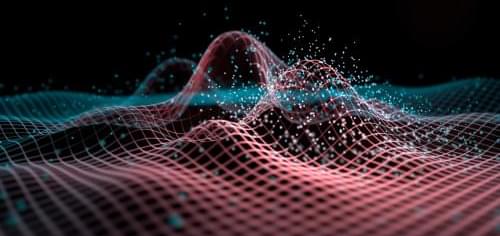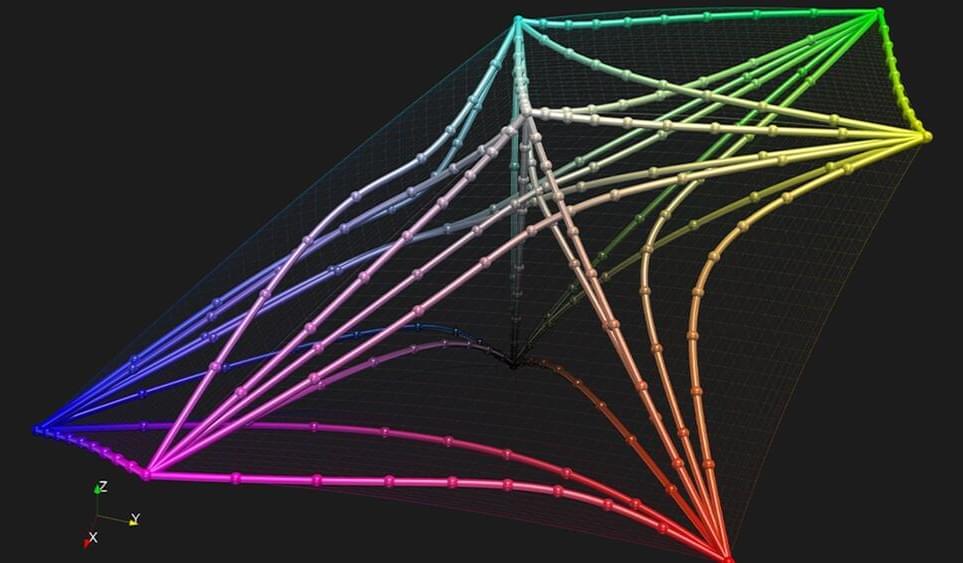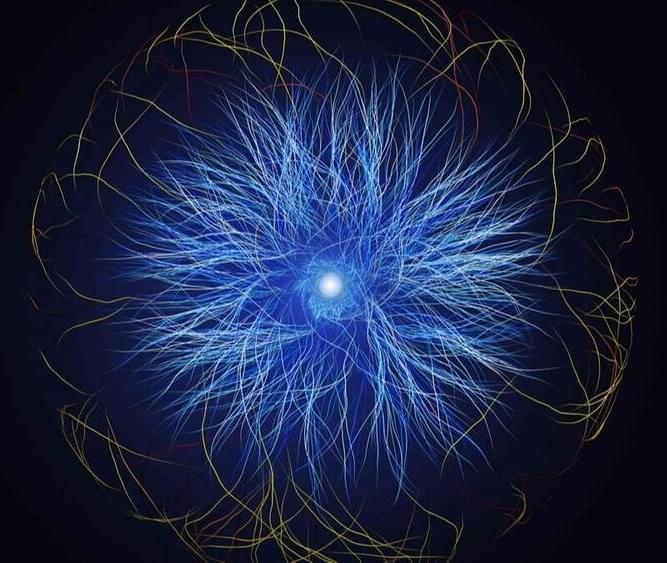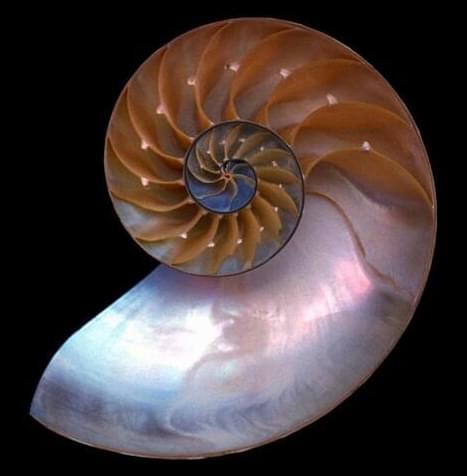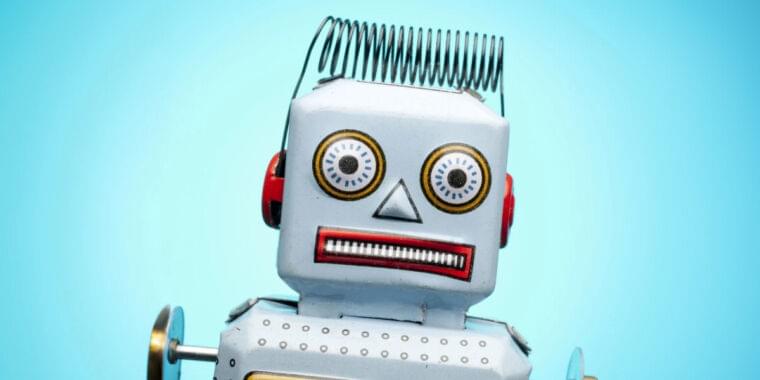Now, scientists have a mathematical model that closely matches how the human brain processes visual information.
Scientists have confirmed that human brains are naturally wired to perform advanced calculations, much like a high-powered computer, to make sense of the world through a process known as Bayesian inference.
In a study published in the journal Nature Communications, researchers from the University of Sydney, University of Queensland and University of Cambridge developed a specific mathematical model that closely matches how human brains work when it comes to reading vision. The model contained everything needed to carry out Bayesian inference.

